All About Denim: A Guide for Fashion Brands & Manufacturers

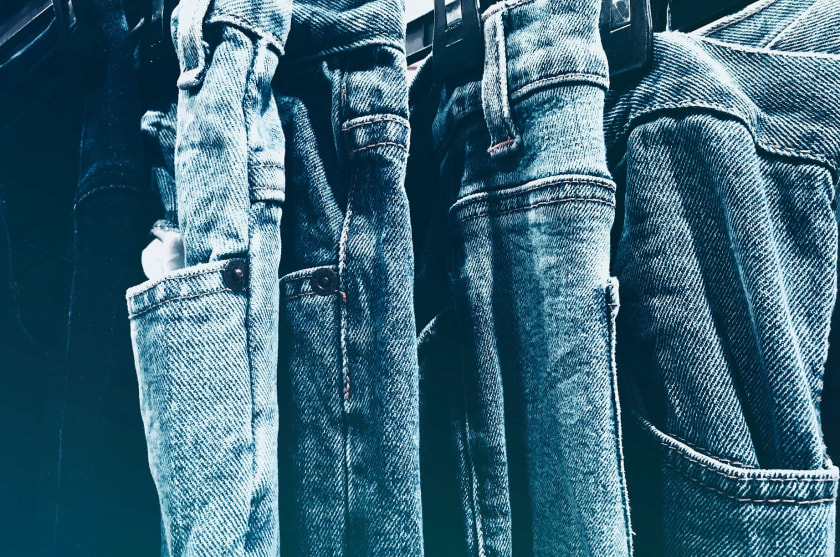

Introduction
Jeans, overalls, and other types of apparel are frequently made from denim, sturdy cotton, or cotton-blend twill fabric. Thanks to the warp-and-weft weaving technique, they are made of sturdy material with a diagonal denim ribbing. With indigo, grey, or spotted white yarn, denim comes in various colors. The traditional blue jean, jackets, overalls, dresses, and other garments, can all be made with denim, making it one of the most well-known and often worn materials.
After being gathered and turned into yarn, cotton fibers are then colored. The indigo dye used to tint the jeans gives them the traditional denim blue hue. Either a shuttle loom or a projectile loom is used to weave cotton denim.
Blue denim jeans have served as a representation of Americana for almost 150 years. Levi Strauss, the owner of Levi's Jeans, and Jacob Davis created the first denim jeans in the 1870s. To strengthen the weakest areas of the article of clothing, Jacob Davis, Levi's business partner, was the first to employ rivets copper in men's cotton and denim duck fabric trousers.
History of Denim
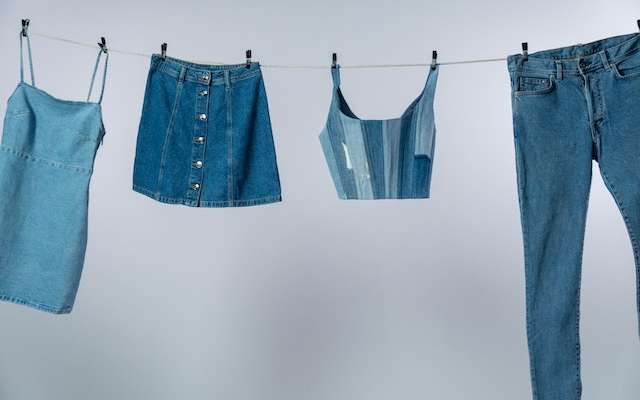
Serge de Nimes, a term used to describe a specific kind of cloth made in the French town of Nimes, is where the word "denim" originates. The popularity of this warp-faced cotton weave pattern eventually extended throughout the area, including the neighboring country of Italy. Serge de Nimes' production in Genoa quickly overtook all other cities in the world.
Since Genoa is referred to in French as "Genes," the term "jeans" lingered when denim became fashionable again during the American Gold Rush. Gold miners preferred the strength and repairability of denim-weave cotton. Although alternative dye colors were readily accessible in the American West, producers like Levi Strauss continued to use the indigo blue dye that Genoan cloth merchants had initially turned out of need.
How is Denim Made?
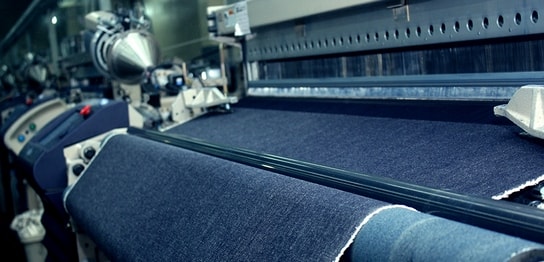
Cotton must first be harvested, then the cotton fiber is separated from the cotton seeds, spun into yarn, colored, and finally treated (sanforised) to prevent shrinkage of the textiles. The technology used to treat cotton and other materials manufactured from natural or synthetic fibers is known as "sanforisation," and Sanford Lockwood Cluett invented it. Sanforisation is the shrinking, stretching, and repairing method to stop shrinkage during the first wash.
Yarn Manufacturing
Cotton makes up the majority of denim yarn. Some denim yarns may contain an elastic component of up to 3%, such as spandex, to enable stretching in the finished woven product. Spandex, also known as elastane, is a highly elastic synthetic fiber. The stretching capacity can be elevated by up to 15% with even a tiny amount.
Dyeing
Indigo dyeing and sulfur dyeing are the two methods used to color denim.
Traditional methods of dying, primarily to blue hues, include indigo. Plants belonging to the Indigofera family are used to make indigo dye. This dye is manufactured in South East Asia from dried and fermented Indigofera Tinctoria leaves, and the process is also widely used today. Almost all producers today favor the indigo process above any other.
Although first constructed from natural materials, indigo dye is now used to color the majority of denim. The method of repeatedly dipping and oxidizing the yarn, the more dips, the more intense the indigo color is the only thing that remains constant. Sulfur dyeing, commonly called color dying, produces particular shades of denim, including black, pink, white, mustard, and others.
Weaving
Weaving transforms the yarn into fabric form after the production process. As defined by technical definition, the act of weaving is the interlacing of two sets of yarn at a fixed 90° angle.
Two separate sets of yarn are available, each of which has a specific function. The two threads threaded beneath and over the downward yarn are referred to as the ends or wrap. The first one is the weft, where the yarn runs over. Weft and wrap is the name of the technique.
Different Types of Denim

Numerous variations of denim have been created over time. The following details are a handful of the most well-liked choices:
Rugged Denim
This particular denim type hasn't been cleaned or treated. It is typically left on for six months to a year without being washed to ensure that it molds to the wearer's body. To kill bacteria and microorganisms, fans of raw denim frequently resort to freezing their jeans overnight.
Sanforized Denim
Sanforization, the washing procedure that produced the current denim fabric, has been used in most denim varieties. Sanforized jeans are softer than raw denim jeans but are also less sturdy and can't be customized as much.
Stretchy Denim
With this kind of denim, spandex or a comparable fabric has been combined with cotton. As the resulting material has more stretch than regular denim, it is frequently used in tight-fitting garments like thin jeans.
Shredded Denim
The weave of this variety of denim is comparable to velvet. It seems perpetually wrinkled, which makes it desirable for skirts and jackets.
Serrated Denim
Jackets frequently feature the selvage denim fabric, which has a fringe at the end.
Acid-Washed Jeans
This particular variety of denim has a recognizable speckled pattern. It is created by soaking unwashed denim in a powerful acid that dissolves the color.
Poly Denim
The phrase "poly denim" is frequently used to describe denim products constructed from a blend of polyester, cotton, and many other synthetic fibers. In addition to polyester, lyocell and nylon are occasionally mixed with cotton to create denim products. Poly denim, according to purists, is not "genuine" denim.
Sustainability
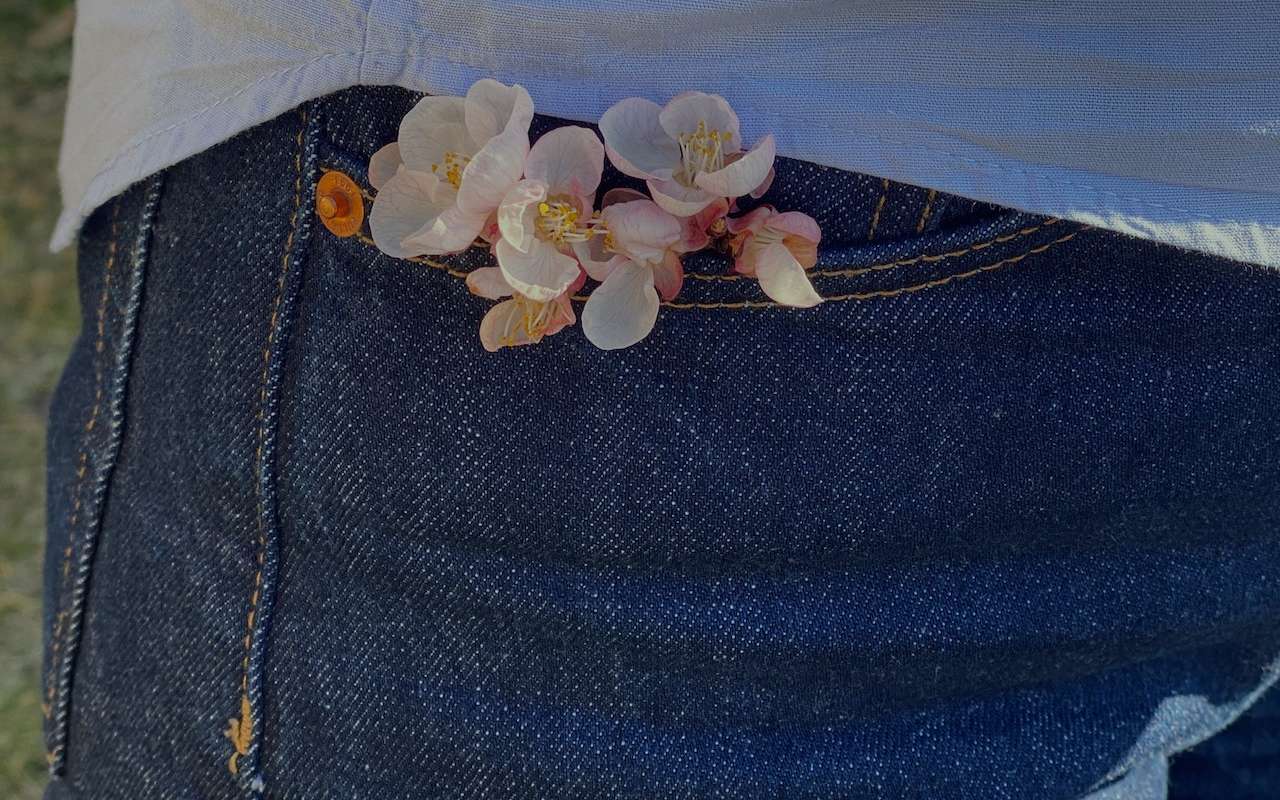
Selecting manufacturers prioritizing free trade and sustainability is vital to prevent the damaging environmental effects that invariably result from keeping people in slave-like situations. Sewport is the best resource for finding the ideal textile producer for your upcoming project as more and more textile manufacturers worldwide strive to live in peace with their communities and the environment.
Wash Instructions
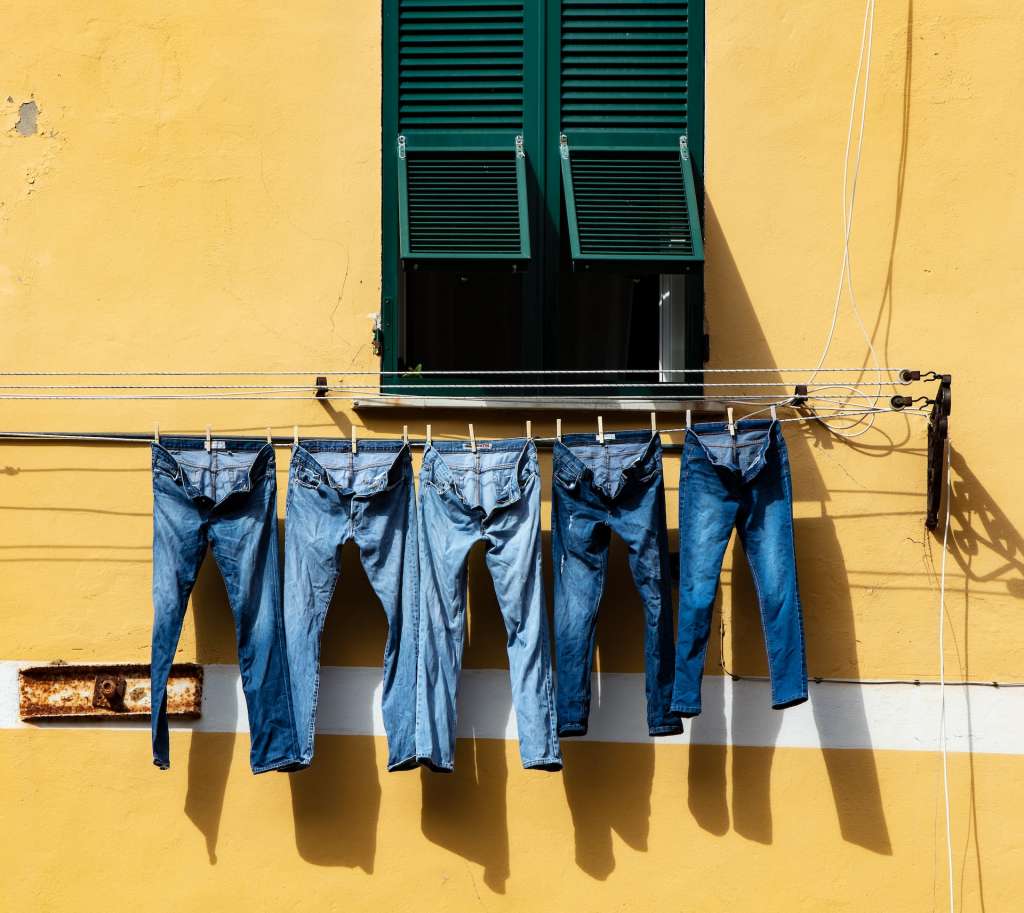
Before washing any denim clothing or accessories, read the care instructions carefully. Make sure to wash denim with matching colors or by itself on the first wash because most indigo dye can transfer throughout the washing process. Denim should be washed in cold water in a medium to a regular cycle. Denim can be dried in a dryer, but it should be done in a medium heat setting. You should only wash your denim after several wears if you want to make it last longer.
Conclusion
The world's most recognizable fabric is denim. When you mention "denim jeans," everyone in the room immediately understands what you're referring to. Denim jeans have become a global representation of American culture because denim is appealing beyond national and cultural boundaries.
Denim is world famous in clothing, and its quality depends upon the brand. For more information on denim, you can visit Fashinza's official website.



















